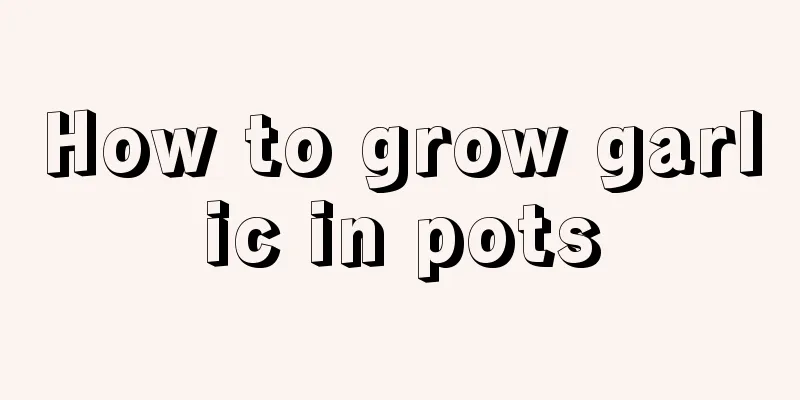What is the matter with the master's air roots? How to deal with it

1. Reasons1. Problems with the roots: When the plant has aerial roots, the first thing to do is to check whether there is root rot. When the roots are damaged and their ability to absorb nutrients is weakened, they can no longer continue to provide nutrients to the plant, and aerial roots will grow on the branches. 2. Too little watering: If the plant is watered too little, it will not be able to absorb enough water from the soil, and aerial roots will grow from the branches. Then the function of these aerial roots is to absorb moisture from the air. 3. Humid air: When the plant is placed in a high humidity environment for a long time, it will have the illusion that there is sufficient moisture in the air, causing aerial roots to grow on the branches and absorb moisture. 4. Lack of nutrients in the potting soil: If the plant is not repotted or soil is not supplemented with nutrients for a long time, the lack of nutrients will stimulate the plant to grow aerial roots from the branches and then absorb nutrients from the air. II. Solutions1. Caused by problems with the roots. You don’t need to deal with the aerial roots first, but deal with the root problem first. Dig the plant out of the soil, remove the rotten parts of the roots, apply carbendazim powder on the wound, then change the soil and replant it. 2. Caused by insufficient watering. Cut off the aerial roots, then replenish water to the plant in time to keep the soil moist. 3. Caused by excessive air humidity. First remove the aerial roots, then move the plant to a relatively dry and ventilated environment to ensure ventilation and reduce the growth of aerial roots. 4. Caused by lack of nutrients. If the potting soil has not been changed for a long time, you need to change the potting soil for the plant immediately and use nutritious soil to meet the growth needs of the plant. If the plants have not been fertilized for a long time, fertilizers need to be added in time. In daily maintenance, a small amount of organic fertilizer or triple slow-release fertilizer can be applied to the plants every two months or so. |
<<: How to manage the perennial roots of chayote during the winter
>>: How to maintain the roots of elm trees? Can old elm tree stumps be planted alive without roots?
Recommend
Where is the best place to plant goat milk fruit?
Where to grow goat milk fruit Goat milk fruit gen...
How to cultivate Belamcanda chinensis
1. Maintenance methods 1. Temperature: Warmth is ...
Cutting propagation methods and precautions for wintersweet
How to reproduce wintersweet There are four main ...
When is the right time to sow bean sprouts?
Suitable time for sowing sprouts Sprout beans are...
How to prune climbing roses
When to prune Pruning of climbing roses is very n...
How often should you water daisies?
How often should you water daisies? Spring is a s...
What plants are good for the living room?
1. Money Tree The money tree is a plant that can ...
Gladiolus diseases and prevention methods
Gladiolus mosaic disease symptom Mosaic disease m...
How to grow Daphne koreana so that it blooms
Daphne odora flowering time Daphne odora usually ...
When can I plant the seeds of Clivia just after picking them?
1. When can I plant? After harvesting Clivia seed...
What is the matter with the dry tip of violet
1. Improper application of potassium fertilizer (...
What kind of crop is millet
What kind of crop is millet? Millet is a common f...
Analysis of ginger market in the next five years (forecast of ginger planting prospects in 2022)
Analysis of ginger market in 2022 The sharp fluct...
Is it profitable to grow sunflowers? What are the costs and profits of growing sunflowers?
Is growing sunflowers profitable? At present, the...
How to prune the banyan tree
When to prune ginseng fig The best time to prune ...









